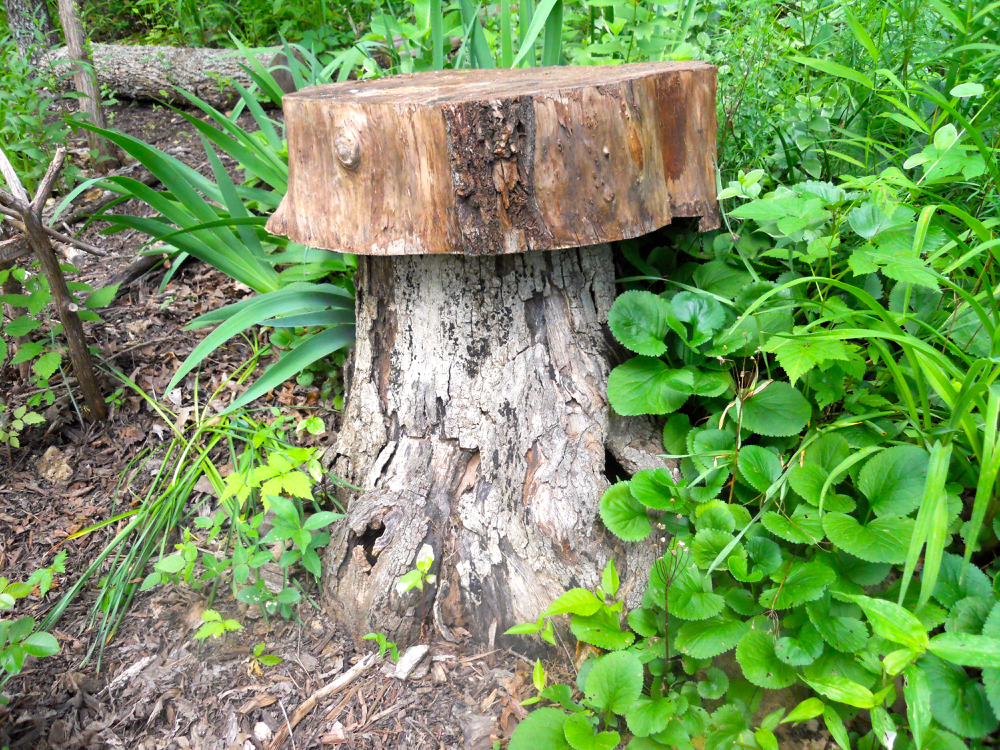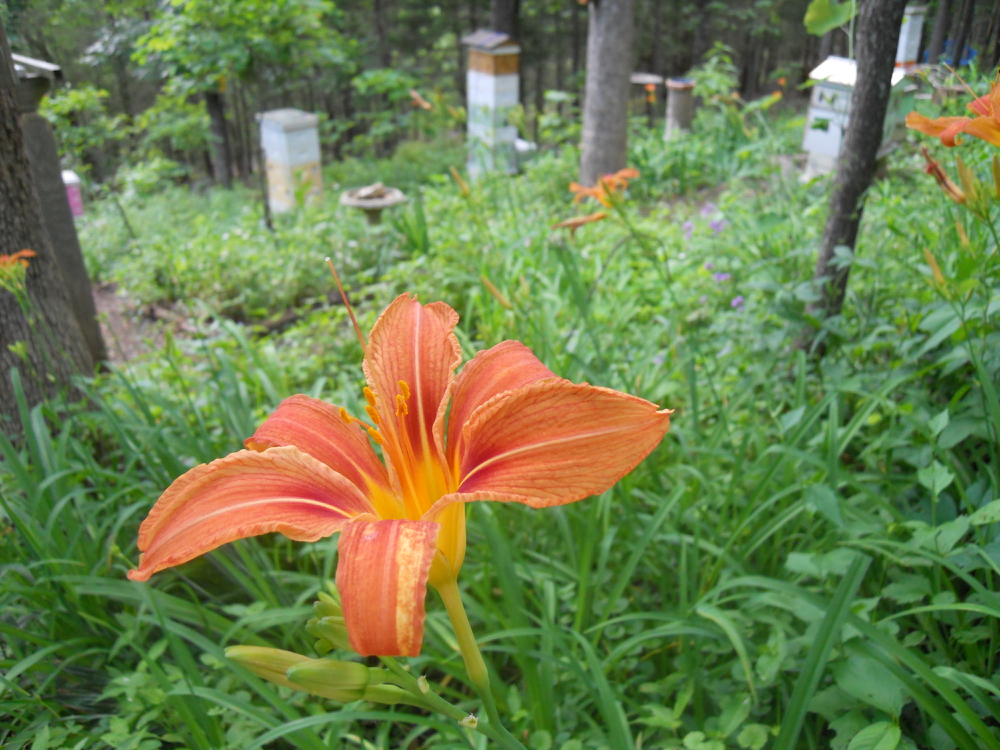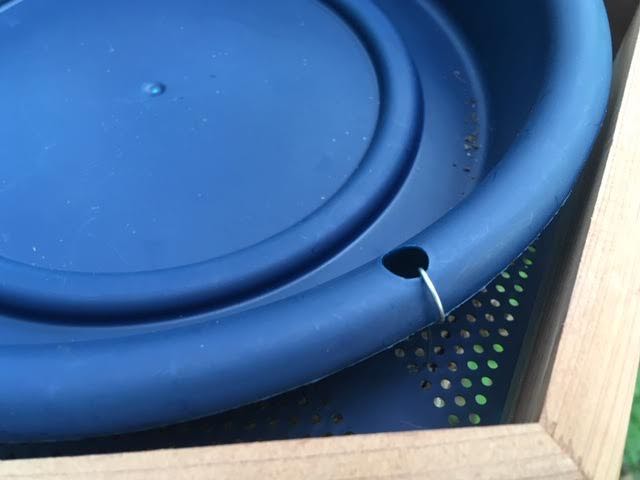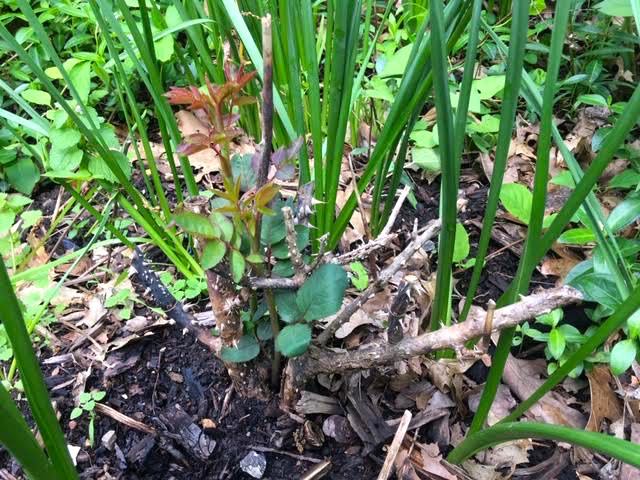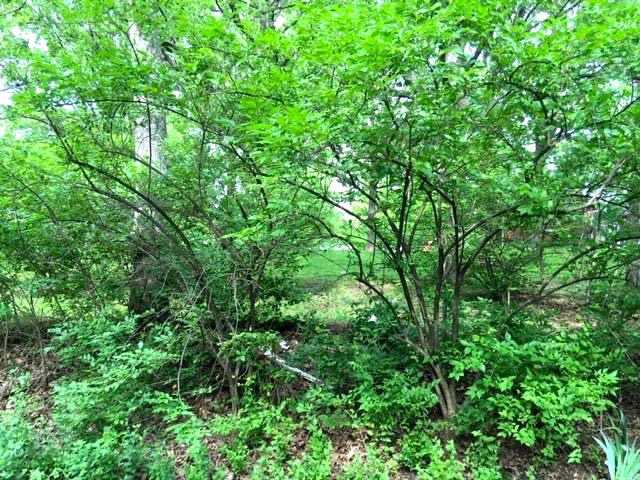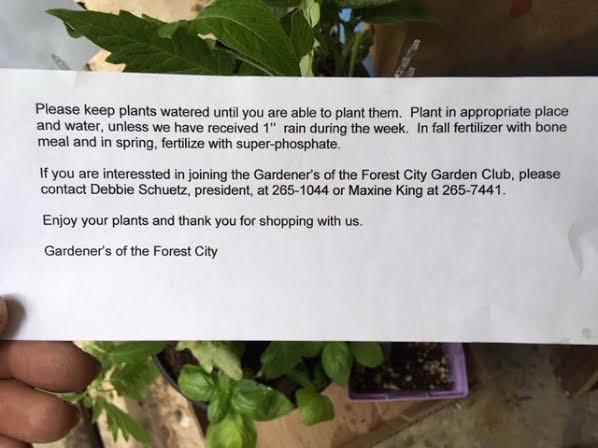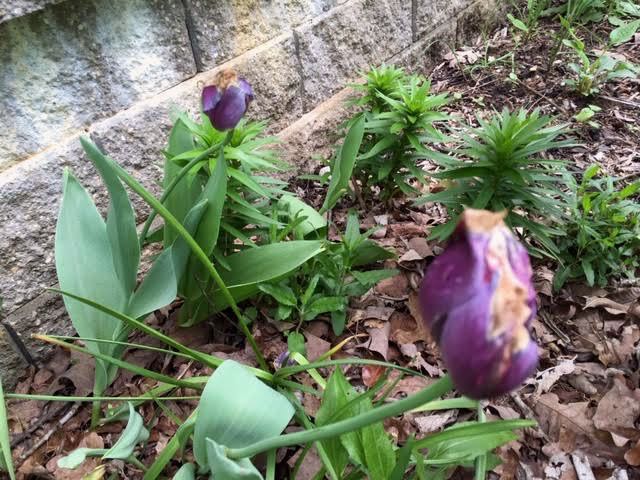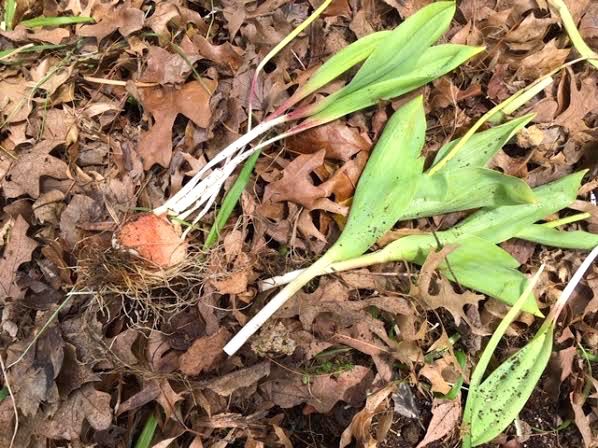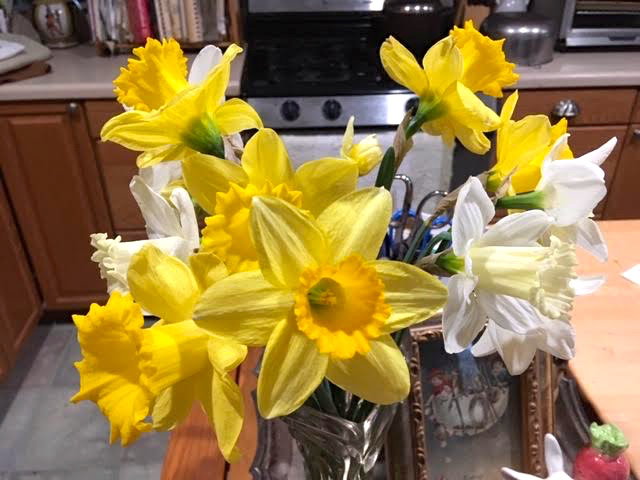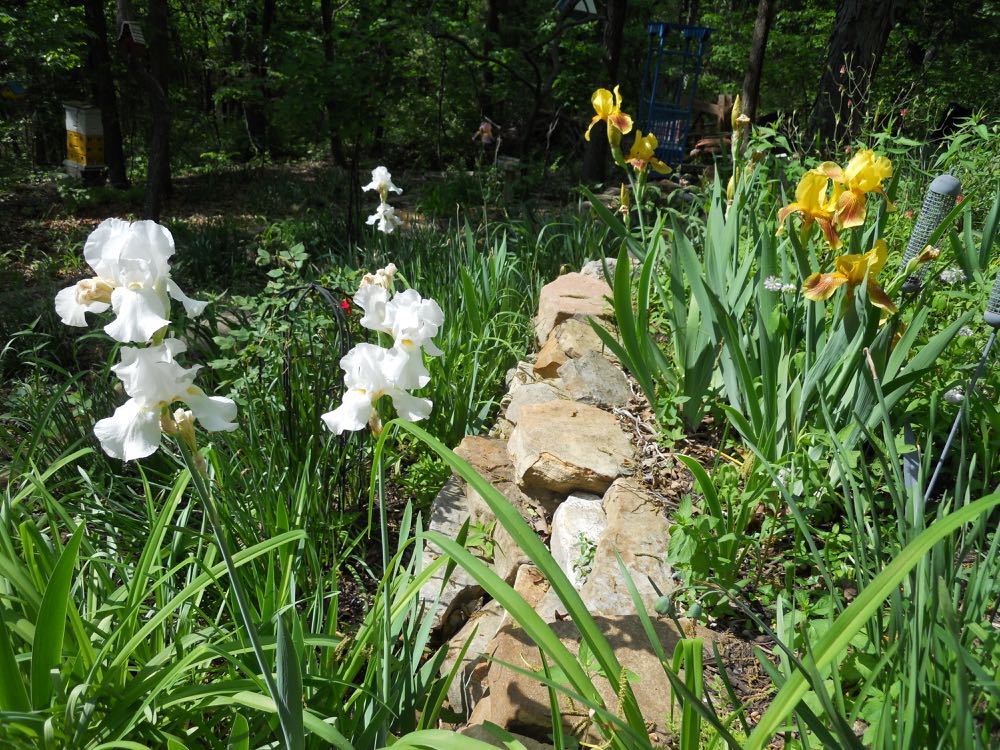Darling Dayliies
We don’t appreciate them as much as European settlers, who among their few possessions made room for Hemerocallis fulva, today’s common orange daylily, when they first arrived in North America. How did we forget how valuable these plants used to be?
When I worked for several weeks in Southampton for the 50th Anniversary of D-Day, several of our English counterparts talked about their tiny gardens. One of the staple plants they continue to grow in their kitchen gardens is daylilies because all parts of the plant are edible.
I didn’t know that when I first admired the beautiful orange blooms. I did know they were almost impossible to kill and grow in almost all conditions. When my husband at the time and I had a house built, I used them to hold in the soil we brought in. Some areas today still have the descendants of those first plants, considered a Missouri native wildflower, so thick now I need to thin them out again if I am going to see flowers in that part of the Missouri limestone hillside garden again.
Daylilies Are Edible
I have since learned why daylilies are so darling, they are delicious. Jan Phillips in her book "Wild Edibles of Missouri" calls orange daylilies "another one of mother nature's grocery stores." Phillips confirms the whole plant is edible, from the young flower stalks in spring that taste like asparagus to the tiny, white root bulbs reminiscent of radishes.
The steamed stalks are referred to as the poor man’s asparagus, something I once again forgot to try this year when the stems were young enough.
Don Kurz in his field guide to “Ozark Wildflowers” said these plants have been “eaten in salads, in fritters, as a cooked vegetable and as a seasoning. In China, a root tea is used as a diuretic.”
There is also a cautionary note. “Recent Chinese reports warn that the roots and young leaf shoots are considered potentially toxic and can accumulate in the body and adversely impact the eyes, even causing blindness in some cases. Their studies also warn that the roots contain a carcinogen.”
I like the fresh flower buds. They are a nice addition to a salad or served on their own as a side dish. They taste like green beans with a hint of onion and brighten up any dish when you add an open flower.
Another way to enjoy the buds is to steam them. It only takes a couple of minutes to make the buds wilt so keep a close eye on them so they are not overcooked.
One of the more popular recipes is to fry the buds. If you want to try, use a flour dip in an egg wash in hot oil for only a minute or so, they cook quickly.
If you are going to eat daylilies, make sure you are picking them from a chemical-free area. Wash in cool water, then allow to dry. I keep them on their stems in a flower vase with water until I use them.
You don’t have to eat them to enjoy them, they are beautiful just as they are. Hemerocallis means "beauty for a day."
Charlotte

